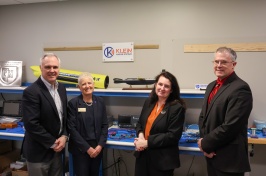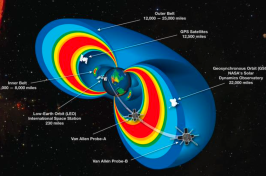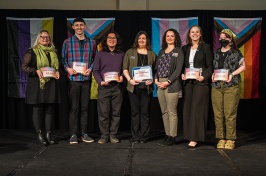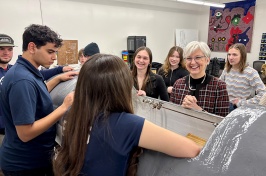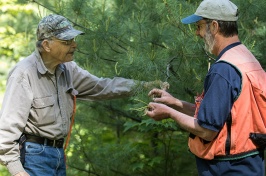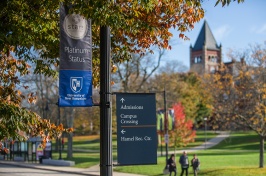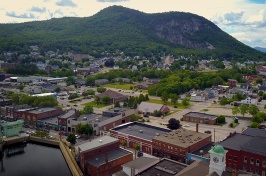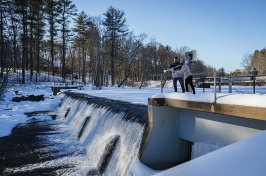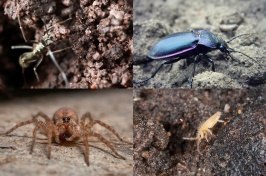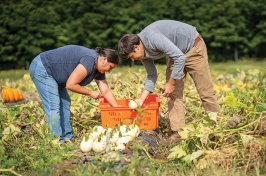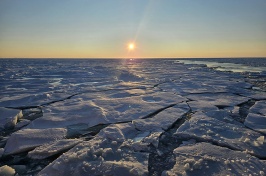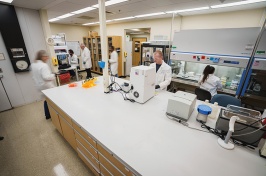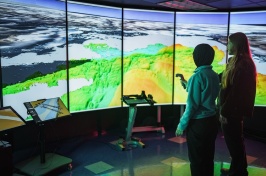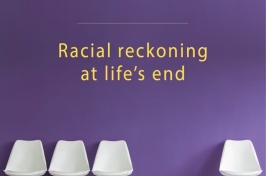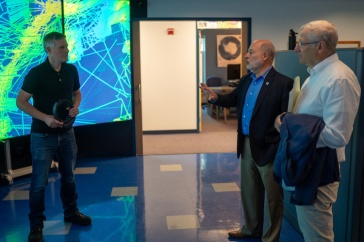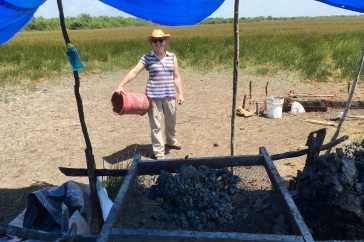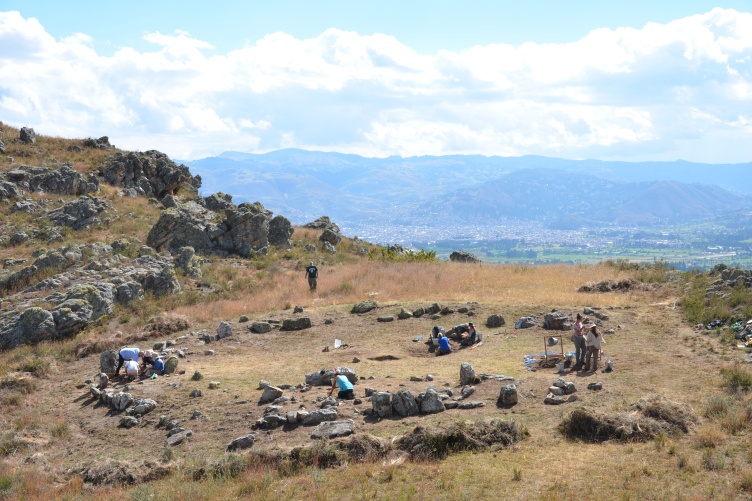
The circular plaza at Callacpuma. Photo by Jason Toohey.
When he was a graduate student at the University of Wyoming, UNH postdoctoral researcher Alex Garcia-Putnam worked in the Peruvian Andes excavating a circular plaza at a site known as Callacpuma. That site turned out to be the earliest known megalithic circular plaza in the northern Andes and one of the earliest instances of such architecture in the Americas, according to a recent article in the journal Science Advances.

Radiocarbon dating places the initial construction of the plaza around 4,750 years ago, about 100 years before the Great Pyramids of Egypt and around the same time as Stonehenge. Garcia-Putnam and other researchers knew the plaza, measuring about 18 meters in diameter, existed before excavation began in 2018, but “we had no idea it was going to be that old,” he says. “It’s a very significant site.”
Garcia-Putnam is a co-author of the Science Advances article that details their findings. “It was probably a gathering place and ceremonial location for some of the earliest people living in this part of the Cajamarca valley,” says lead author Jason Toohey, associate professor of anthropology at University of Wyoming.
Now working as a bioarchaeologist in the anthropology department and co-director of the UNH Forensic Anthropology Identification and Recovery Lab, Garcia-Putnam’s work at Callacpuma included teaching undergraduate students and overseeing portions of the excavation. “This is definitely a team sport. We never could have done it without the support of the local community and the work of our students.”
This work was funded by the University of Wyoming , the Curtiss T. and Mary G. Brennan Foundation, the George C. Frison Institute, the National Science Foundation (#2114574) and the Rust Family Foundation.
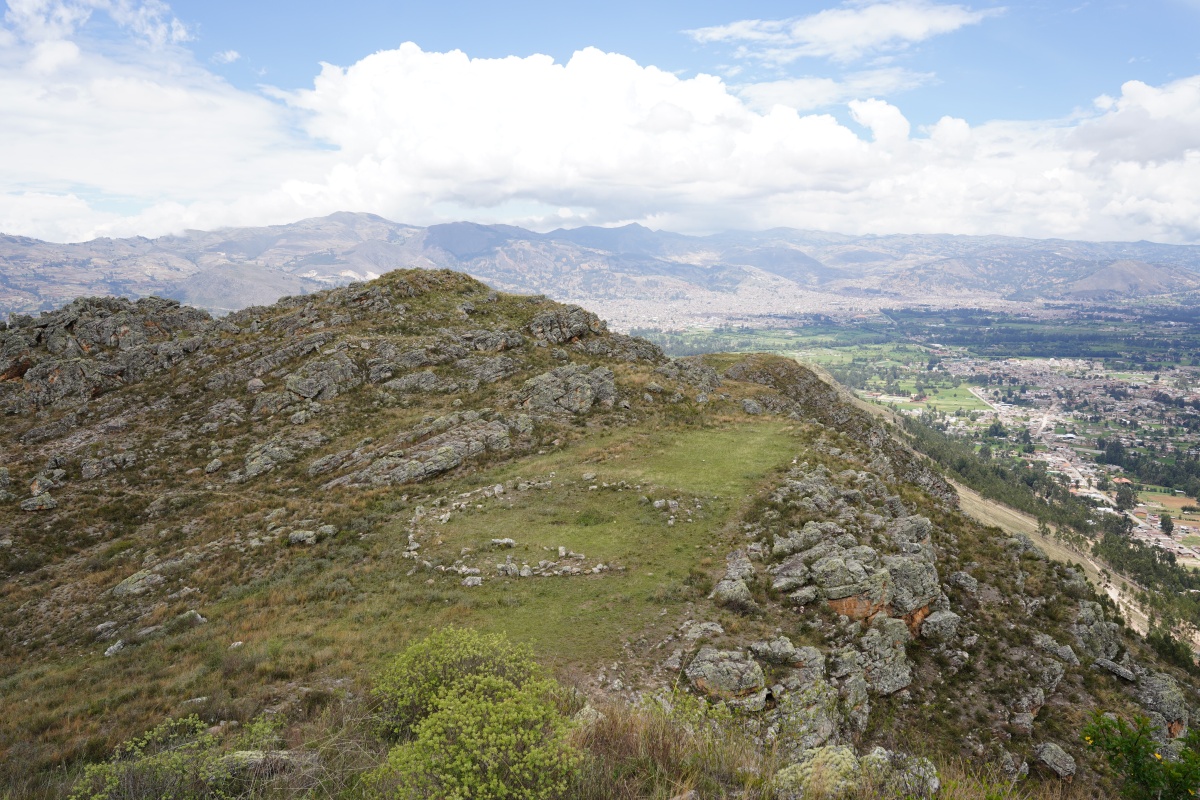
-
Written By:
Beth Potier | UNH Marketing | beth.potier@unh.edu | 2-1566







